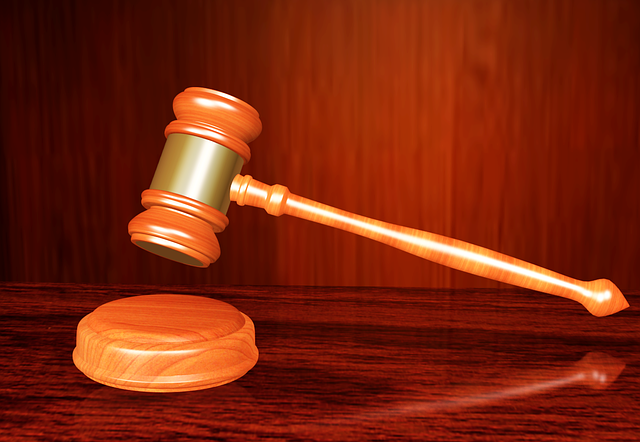
People’s rights are being gravely violated by the heinous crime of people trafficking. Hundreds of women and children are taken advantage of by traffickers both domestically and internationally each year. Whether the victims are traveling through, arriving in, or leaving from almost every country in the world, trafficking affects almost all of them.
After the trafficking of weapons and drugs, human trafficking has been found to be the third biggest source of income for organized crime, bringing in billions of dollars annually on a global scale.
Human Trafficking Meaning
- According to Human Trafficking meaning, it is the trade of persons for forced labor, unauthorized immigration, or sexual slavery, whether through commercial prostitution or individual enslavement. There are two forms of trafficking that are commonly observed: forced labor and sexual exploitation.
- All ages, races, and ethnicities have been perpetrators of this horrible crime, which has stripped men, women, and children of their rights and dignity. One of the largest risks to the financial safety of the nations is trafficking as well as its black market, which stunts the economy of any country it affects.
Human Trafficking: Reasons
Human trafficking occurs for a variety of causes. Political, economic, and cultural forces influence them. Human trafficking operates under the theory of demand and supply.
- First off, there are a number of issues facing the nation, including the need for work, poverty, social conditions, armed or warlike conflicts, a lack of stability in politics and the economy, inadequate access to information and education, etc.
- Second, there is a market for low-cost goods, affordable labor, and low-cost services in developed wealthy countries.
These reasons cause migration to rise, yet because of various State policies, migration is controlled. When people employ smuggling channels to engage in human trafficking, they put themselves at risk of abuse, assault, deception, and exploitation.
Laws on Human Trafficking in India
The important laws on Human Trafficking in India are as follows:
The Indian Constitution
- The Indian Constitution in Article 23 and Article 24 forbids human trafficking and upholds numerous globally recognized human rights standards, including the right to equality, freedom, and personal liberty as well as the right to life and liberty and constitutional remedies.
- One of the basic rights of every Indian citizen is the assurance of not being subjected to exploitation.
Indian Penal Code
- It talks about the issue of people being trafficked. Section 370 and Section 370 A of the Indian Penal Code address it. It outlawed the trafficking of women and girls and imposed harsh penalties on offenders.
- It states that anyone who purchases or sells a person under the age of eighteen for the intent of prostitution, sexual exploitation, or other immoral uses faces a maximum 10-year prison sentence in addition to a fine.
Immoral Traffic Prevention Act
- It is the sole piece of legislation that targets trafficking expressly, and an amendment is presently being considered.
- Trafficking in women and children for the purpose of commercial sexual exploitation is illegal.
Human Trafficking Cases in India
The major Human Trafficking cases in India are as follows:
- In the case of Bachpan Bachao Andolan v UOI, the Supreme Court defined trafficking as an organized crime. The court ruled that using children in circuses is strictly prohibited. Additionally, it was decided that no child shall be denied the fundamental rights guaranteed by the Indian Constitution, forced into child trafficking, or exposed to any sort of emotional or physical abuse.
- In the case of Vishal Jeet v UOI, the state government was instructed by the Honorable Supreme Court to establish protective houses for minor girls forced into the “flesh trade” as well as to repair shelters for children discovered begging on the streets. The court further declared that a humanistic approach, as opposed to a merely legal one, should be taken in handling the cases involving this delicate subject. The court declared that this was a socio-economic issue in addition to a social one. Thus, rather than focusing primarily on punishment, the actions implemented should be more preventive in nature.
Human trafficking, particularly involving minors, is a contemporary manifestation of slavery and necessitates a comprehensive, multi-sectoral strategy to tackle the intricate nature of the issue. Since the issue infringes upon the victims’ rights and dignity, addressing it primarily from the standpoint of children’s rights is necessary.
Therefore, to prevent them from becoming victims of human trafficking, the government must safeguard the weaker segments of society. Human trafficking only affects those who fall below the poverty line, thus if the government assists the underprivileged members of society and gives them access to quality education and career opportunities, the crime can be significantly reduced.









